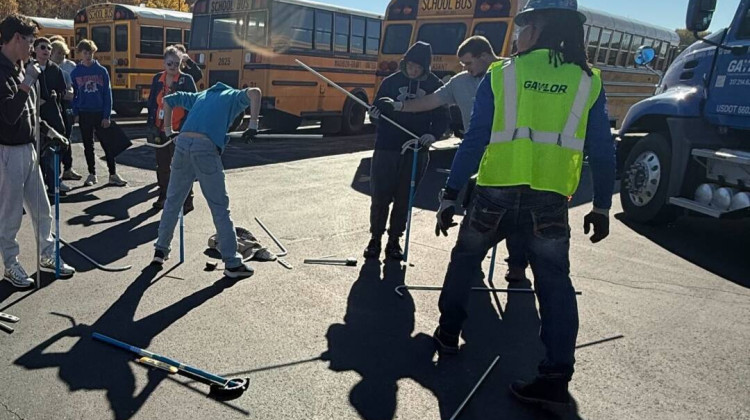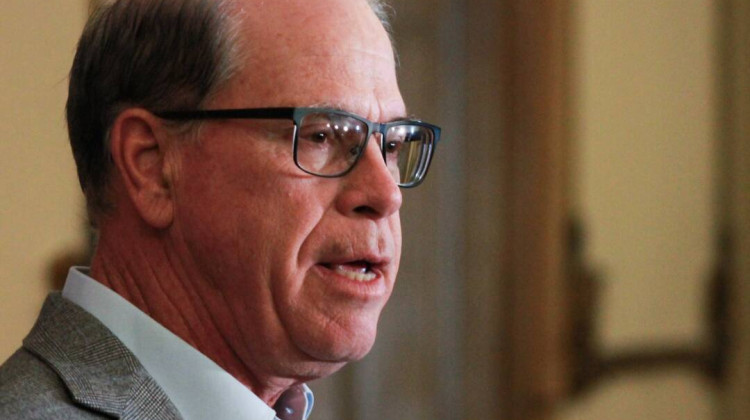Most people are familiar with metropolitan areas such as those around Indianapolis, Chicago or New York. But the Indiana University Public Policy Institute hosted a conference at IUPUI focused on the economic development in Indiana’s micropolitan areas – those places with between 10,000 and 50,000 people.
“The micropolitan is really the essence of America. It’s those strong regional communities, no matter what size they are, 10,000 to 50,000, that literally are drivers,” says Jasper Mayor Terry Seitz.
In recent years, the state has offered several competitive grants to regional bidders looking to capitalize on so-called micropolitan areas. Massachusetts Institute of Technology Senior Lecturer Mercedes Delgado says micropolitan areas close to big cities should try to benefit from that proximity.
“Although they are small, they have an advantage. They’re very close to the big cities. So they could leverage the resources in bigger cities,” says Delgado.
However, panelists pointed out that required building infrastructure to improve connectivity.
University of North Carolina professor Maryann Feldman says the recession at the end of last decade caused many local banks to close, hurting micropolitan areas dependent on those banks for growth and business creation.
“That’s so critical for small firms because they do not have the credit rating that will allow them to secure loans from large banks,” says Feldman.
Some micropolitan areas, though, are seen as “bank deserts,” where there are no local banks nearby for communities – an area where Feldman says Indiana is doing a good job.
Seitz says he plans on staying competitive and attracting people to Jasper, which means constant change.
“Our industry is now a spread, it’s now diversifying, it’s advanced manufacturing, but also a strong logistics sector, and I’d love to see that change too," says Seitz. "You either change or you die.”
 DONATE
DONATE








 Support WFYI. We can't do it without you.
Support WFYI. We can't do it without you.